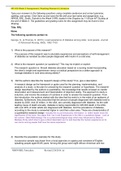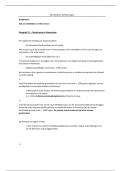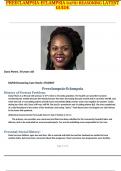Notas de lectura
Lecture notes International Trade and Economics (ECON)
- Institución
- Universidad Autónoma De Madrid
This course is essentially addressed to non-economists and its aim is to get the students familiar with the several basic economic principles, approaches and methods as well as with key issues in the field of international economics, finance and trade. At the beginning of the course, we will learn...
[Mostrar más]












